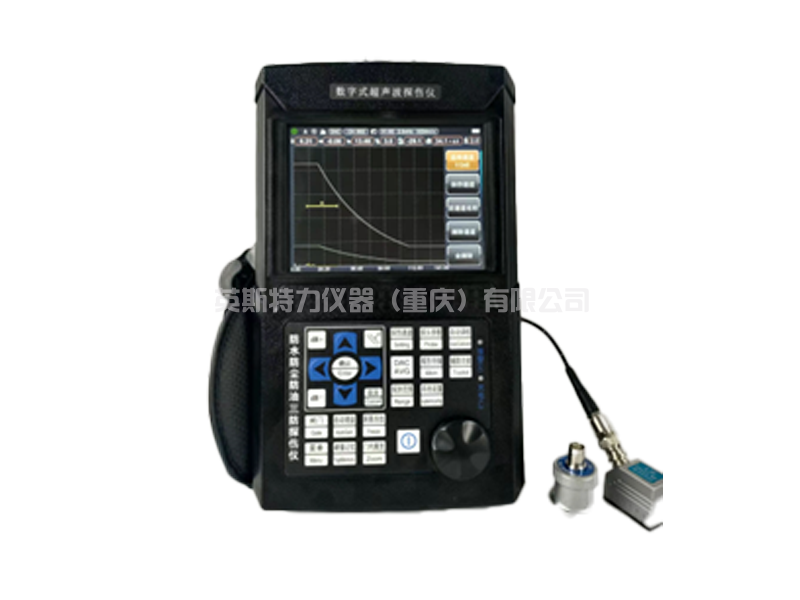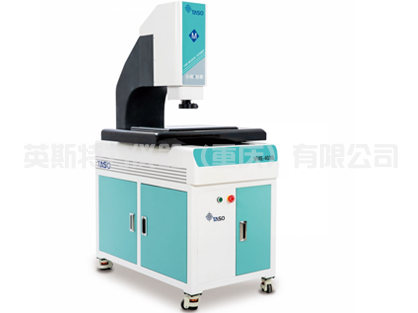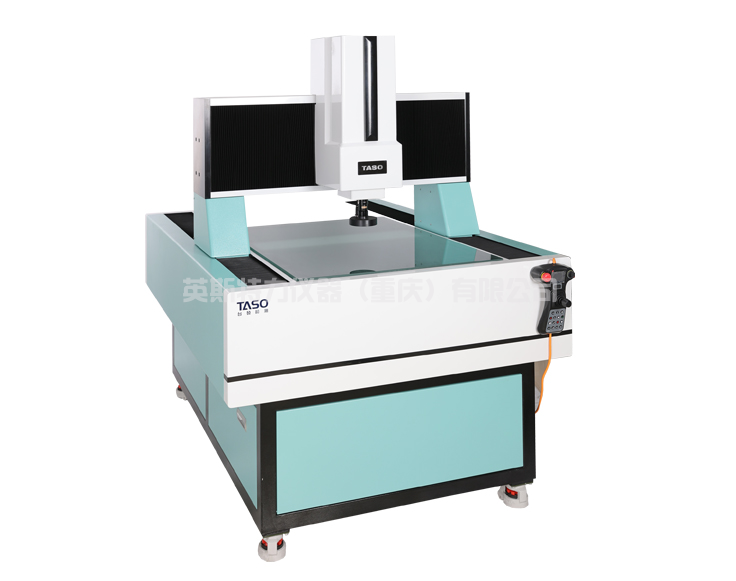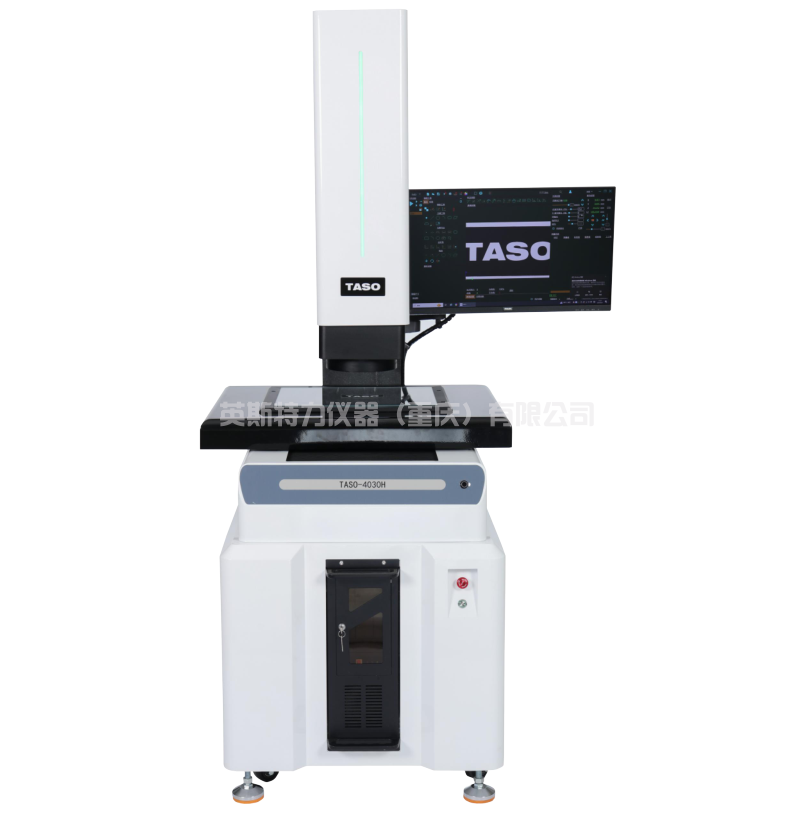里氏硬度計(jì)是硬度計(jì)中測(cè)量厚度的優(yōu)秀儀器。 它攜帶方便、操作簡(jiǎn)單、檢測(cè)快速、測(cè)量準(zhǔn)確,已廣泛應(yīng)用于工作領(lǐng)域。
由于人們的習(xí)慣和使用多年的硬度測(cè)量標(biāo)準(zhǔn),實(shí)際硬度測(cè)試中常用布氏、洛氏、維氏和肖氏等硬度測(cè)試方法。
里氏硬度試驗(yàn)法是近20年才出現(xiàn)的,直接用里氏硬度試驗(yàn)法進(jìn)行硬度試驗(yàn)還需要時(shí)間。 目前,為了兼顧里氏硬度計(jì)的實(shí)用性和傳統(tǒng)硬度測(cè)量標(biāo)準(zhǔn)的要求,滿足硬度測(cè)試工作的需要,人們往往將里氏硬度計(jì)的數(shù)值換算成硬度值 如布氏、肖氏、羅克韋爾和維氏。 .
里氏硬度值能否直接換算成其他硬度值,與所使用的沖擊裝置和待測(cè)硬度材料有關(guān)。 建立不同硬度值之間的轉(zhuǎn)換關(guān)系往往需要做很多工作。
里氏硬度計(jì)是一種測(cè)量和檢測(cè)儀器,對(duì)保證產(chǎn)品質(zhì)量和進(jìn)行故障分析具有重要作用。 因此,選擇一臺(tái)好的里氏硬度計(jì)是用戶的一個(gè)關(guān)鍵問題。
真正的里氏硬度計(jì)符合國(guó)家和國(guó)際標(biāo)準(zhǔn)并且可以互換。 雖然我國(guó)有關(guān)部門制定了里氏硬度計(jì)的國(guó)家標(biāo)準(zhǔn),但由于一些廠家的技術(shù)實(shí)力無法達(dá)到生產(chǎn)符合標(biāo)準(zhǔn)的里氏硬度計(jì)的水平,一些廠家采用修改的方法生產(chǎn)里氏硬度計(jì)。 里氏硬度計(jì),但它與真正的里氏硬度計(jì)相差甚遠(yuǎn)。 原廠硬度值不準(zhǔn)的硬度計(jì)經(jīng)校正后也能滿足準(zhǔn)確測(cè)試硬度試塊的要求。 因此,用戶需要注意選擇好的里氏硬度計(jì)。 真正的里氏硬度計(jì)具有以下特點(diǎn):
1) 沖擊裝置可互換。 一臺(tái)里氏硬度計(jì)主機(jī)可同時(shí)配備七種不同類型的沖擊裝置; 一臺(tái)主機(jī)上可以配置多臺(tái)同類型的沖擊設(shè)備。
2)沖擊裝置的沖頭可更換。 里氏硬度計(jì)沖擊裝置的沖頭是可更換的。 同類型沖擊裝置的沖頭可相互更換,不影響測(cè)量值。
3) 里氏硬度計(jì)不可調(diào)節(jié)。 里氏硬度計(jì)出廠后不可調(diào)節(jié)。 當(dāng)因球頭磨損導(dǎo)致測(cè)量值不準(zhǔn)確時(shí),應(yīng)通過更換球頭來解決。
里氏硬度計(jì)的測(cè)量誤差在硬度從低到高的整個(gè)范圍內(nèi)均滿足標(biāo)準(zhǔn)規(guī)定的誤差要求。
英斯特力儀器是一家集研發(fā)、生產(chǎn)及銷售于一體的 影像測(cè)量?jī)x,拉力試驗(yàn)機(jī), 硬度計(jì) ,探傷儀, 粗糙度儀, 測(cè)厚儀, 金相設(shè)備廠家, 致力于為客戶提供更好的檢測(cè)儀器。
Richter hardness tester is an excellent instrument for measuring thickness of hardness tester. It is easy to carry, simple to operate, rapid detection and accurate measurement characteristics, has been widely used in the field of work.
Brinell, Rockwell, Vickers and Shaw hardness testing methods are commonly used in practical hardness testing due to people's habits and hardness measurement standards that have been extended for many years.
It will take some time for us to test hardness by using the Method of Richter hardness test, which was developed in the past 20 years. At present, in order to take into account the practicability of The Richter hardness tester and the requirements of traditional hardness measurement standards, and meet the needs of hardness testing, people often convert the values of the Richter hardness tester into brinell, Shore, Rockwell and Vickers hardness values.
Whether the Richter hardness value can be directly converted into other hardness values depends on the impact device used and the hardness material tested. It often requires a lot of work to establish the conversion relationship between different hardness values.
How to identify the quality of the Richter hardness tester?
The Richter hardness tester is a measurement and testing instrument, which plays an important role in ensuring product quality and failure analysis. Therefore, it is a key problem for users to choose the Richter hardness tester.
The real Richter hardness tester is in line with national and international standards and has interchangeable consistency. Although the relevant departments in China have formulated the national Standard of The Richter hardness tester, some manufacturers adopt the modified method to produce the Richter hardness tester because their technical strength cannot meet the standard. Although their products are also called The Richter hardness tester, they are far from the real Richter hardness tester. The original measurement value is not accurate hardness tester after correction can also meet the requirements of testing hardness test block accuracy, so users to choose a good Richter hardness tester need to pay attention to the following characteristics of the real Richter hardness tester:
1) The impact device has interchangeability. A mainframe of the Richter hardness tester can be equipped with seven different types of impact devices at the same time; Several impact devices of the same type can be configured on one main engine.
2) The punch of the impact device is replaceable. The punch of the impact device of the Richter hardness tester is replaceable. The punches of the same type of impact device can be replaced without affecting the measured value.
3) The Richter hardness tester is not adjustable. The Hardness tester is not adjustable after leaving the factory, and the measurement value is not timely due to the wear of the ball head, which should be solved by replacing the ball head.
The measurement error of The Richter hardness tester meets the standard error requirement from low to high in the whole range of hardness.







 客服1
客服1 